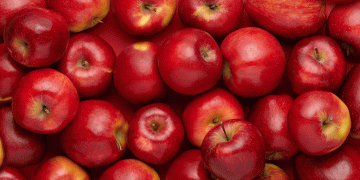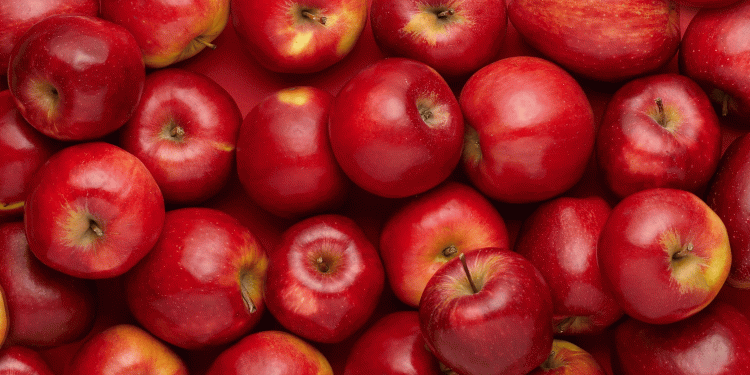This year, the Gala apple harvest in Poland began earlier than usual. Typically a late summer variety, the early harvest has allowed Polish farmers to capitalize on high market demand and limited early-season supply. The result? Record-breaking prices. For comparison, during the start of the 2023/24 season, Gala apples sold at a much lower price point, making this year a financial windfall for early movers in the market.
What’s driving these record prices? Several factors come into play, but the central issue is a projected 20% decline in Poland’s overall apple harvest. This expected reduction in supply has created upward pressure on prices, benefiting producers who were able to get their crops to market early.
Global Factors Impacting the Polish Apple Market
Poland is one of the largest apple producers in Europe, with significant exports to neighboring countries and beyond. However, the global market for apples is highly interconnected, meaning that trends in other apple-producing regions also impact Polish farmers. The Prognosfruit 2024 conference revealed several important global trends that could affect Poland’s apple season.
- Climate Conditions: Adverse weather in key apple-growing regions, such as late frosts in Europe and drought conditions in other parts of the world, have impacted yields. This has led to tighter supplies globally, contributing to the high prices seen in Poland and other European markets.
- Production Declines in Europe: Major apple-producing countries like France and Germany have reported lower yields due to unfavorable growing conditions. This has created additional demand for Polish apples, as international buyers look to Poland to fill supply gaps.
- Rising Input Costs: Farmers across Europe are also dealing with rising production costs, from labor to fertilizers and energy. These increased costs are another reason why apple prices are trending higher this season, as producers look to cover their expenses while maintaining profitability.
Outlook for the 2024/25 Apple Season
Despite the promising start, industry experts caution that apple prices are likely to decline as the harvest season progresses. As more apples—particularly Gala clones and other popular varieties—enter the market, the supply will increase, putting downward pressure on prices. However, the anticipated 20% drop in Poland’s apple production is expected to temper this decline, keeping prices relatively strong compared to previous years.
Farmers should also be mindful of potential market fluctuations driven by global supply and demand. For example, if other major apple producers recover from their early-season difficulties, Polish exports could face stiffer competition, which might affect prices in the latter part of the season.
Opportunities for Farmers
For Polish apple producers, this season presents both challenges and opportunities. Here are some key strategies to maximize success in the 2024/25 apple season:
- Leverage Early Harvests: Farmers who can harvest and sell early varieties, such as Gala, stand to benefit from the higher prices before the market becomes saturated.
- Focus on Quality: With international competition intensifying, maintaining high-quality standards is crucial. Apples with better appearance, size, and flavor will continue to fetch premium prices, particularly in export markets.
- Diversify Sales Channels: Exploring different markets, including domestic, regional, and international options, can help producers find the best prices for their crops. Some farmers may want to consider selling directly to consumers through online platforms or local markets to capitalize on the growing demand for fresh produce.
- Monitor Global Trends: Staying informed about global apple production trends and market conditions can help farmers make timely decisions about when and where to sell their apples for the best return.
Poland’s 2024/25 apple season is shaping up to be a unique one, with record prices driven by early-season demand and a projected 20% reduction in overall production. While prices are expected to ease as more apples enter the market, the combination of global production challenges and rising input costs could keep them relatively high. For Polish farmers, this season offers a rare opportunity to capitalize on favorable market conditions, provided they stay agile and informed.
































